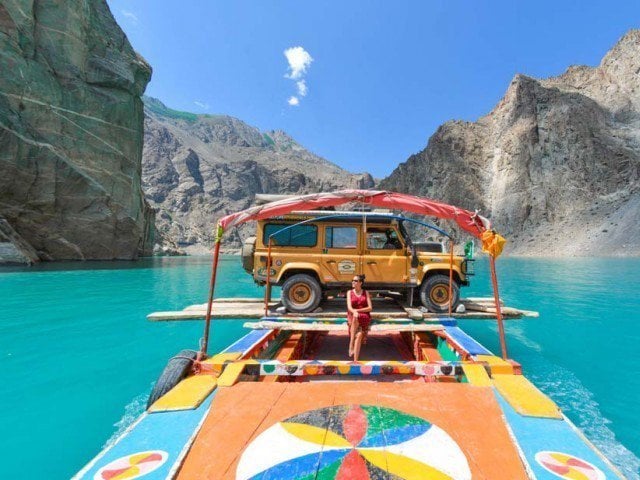
Hotels and streets are usually packed with tourists who throng to the picturesque Kalam Valley from across Pakistan to enjoy the snowfall at this time of winter.
Usually surrounded by snow-capped mountains in winters, the popular tourist destination, located some 326 kilometers (202 miles) from the capital city of Islamabad, is currently sporting a brown and barren look, as the country’s northern and northwestern parts are yet to receive the first snowfall of this season.
Northwestern Pakistan normally received moderate to heavy snowfall between the middle of December and end of January, which attracts hundreds of thousands of tourists from every corner of the South Asian country.
The Kalam and Malam Jabba valleys of scenic Swat, often referred to as the “Switzerland of Pakistan,” are the most popular tourist destinations, apart from the Kaghan and Naran valleys in northwestern Khyber Pakhtunkhwa province and Murree, a hill station in the northeastern Punjab province.
“There is a 60% to 70% decline in the number of tourists this winter, and the reason is obvious: no snowfall,” Mohammad Riaz, a local hotel owner, told Anadolu.
“Last year, it was a packed season. We had to arrange extra rooms to cope with the number of tourists. But today, 70% of our rooms are vacant despite a concession in rates.”
The situation in adjoining Malam Jabba, home to the country’s biggest ski resort and the core of winter sports festivals, is no different.
Read: Plan afoot to regulate tourist influx in Murree
Most of the hotels lay vacant, while shopkeepers and transporters kill their time with idle chitchat.
“We are praying for snowfall. That would mean a lot to us. Snowfall is a lifeline for our economy,” Mohammad Adil, who runs a hotel in the main Malam Jabba bazaar, told Anadolu.
‘Snow runs our entire economy’
The northern Gilgit-Baltistan region, which borders neighboring China, however has a longer snowfall season, stretching from November to March.
A few parts of the region, located at the confluence of the world’s greatest mountain ranges – the Karakoram, the Himalayas, the Hindu Kush and the Pamir Mountains – and home to five of the 14 peaks above 8,000 meters (26,246 feet), received light snowfall in November last year, but the peak season is still snowless.
Iqbal Hussain, director of Gilgit-Baltistan’s Tourism Department, foresees a “deep” impact from the snowless winter on the region’s economy, which “directly and indirectly” banks on snowfall.
“Snow runs our entire economy, in terms of tourism, fishing, agriculture and hydroelectricity. No or less snowfall means less water, and subsequently, less fishing and less farming, aside from power shortages,” Hussain told Anadolu.
No or less snowfall would mean early spring water will be a big problem for local farmers and those associated with the fishing sector, aside from causing a further decrease in underground water levels, he explained. He said although the region does not primarily attract the regular snow-loving tourists, it has traditional winter activities which are likely to be affected by the lack of snow this year.
The situation has forced his department to shift the venue for this year’s “winter feast,” a traditional winter recreational festival, from Hunza valley to Ghizer district.
Published in The Express Tribune, January 24th, 2024.























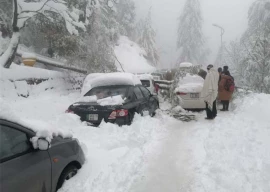

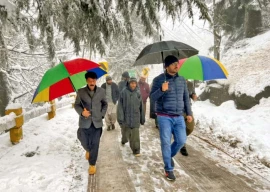

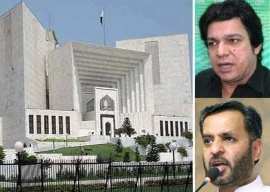
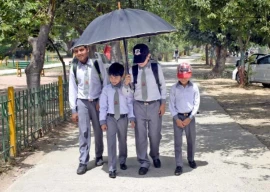








COMMENTS
Comments are moderated and generally will be posted if they are on-topic and not abusive.
For more information, please see our Comments FAQ